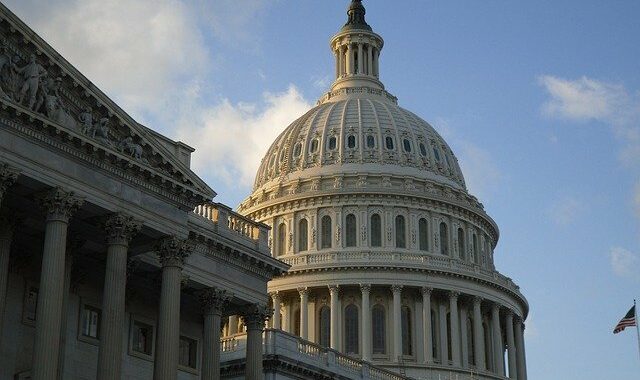On March 18, 2020, President Trump signed into law House Resolution 6201, the Families First Coronavirus Response Act (the “Act”). The Act, which is applicable to employers with five hundred (500) or fewer employees, provides expanded paid and unpaid leave to employees in response to the ongoing COVID-19 pandemic.
Emergency Family and Medical Leave Expansion Act
Division C of the Act, subtitled the “Emergency Family and Medical Leave Expansion Act”, uses the existing Family and Medical Leave Act (FMLA) as a framework to provide eligible employees with the right to take up to twelve (12) weeks of job-protected leave. Eligible employees are those who have worked for the employer for at least thirty (30) calendar days and who are unable to work because they must care for their minor child due to the child’s school or care provider being closed or unavailable.
While the first ten (10) days of required leave may be unpaid, employers must provide up to ten (10) weeks of paid leave once the unpaid leave has been utilized by an employee. The required rate of pay is two-thirds (2/3) of the employee’s regular rate of pay, multiplied by the number of hours the employee would otherwise be scheduled to work, up to $200 per day or $10,000 in the aggregate.
Emergency Paid Sick Leave Act
Division E of the Act, subtitled the “Emergency Paid Sick Leave Act,” requires employers to provide up to eighty (80) hours of paid sick leave to eligible employees, regardless of how long the employee has been employed by the employer. Employees are eligible for paid sick leave under Division E if they are unable to work for any of the following reasons:
- The employee is subject to a federal, state, or local quarantine or isolation order related to COVID-19;
- The employee has been advised by a health care provider to self-quarantine due to concerns related to COVID-19;
- The employee is experiencing symptoms of COVID-19 and is seeking a medical diagnosis;
- The employee is caring for an individual who is subject to an order to quarantine or isolate by a public order or self-quarantine as advised by a health care provider;
- The employee is caring for the employee’s child if the school or place of care for such child has been closed, or if the child care provider of such child is unavailable due to COVID-19 precautions; or
- The employee is experiencing any other substantially similar condition specified by the Secretary of Health and Human Services in consultation with the Secretary of the Treasury and the Secretary of Labor.
Employees exercising sick leave must be paid at their regular pay rate or at the federal, state or local minimum wage, whichever is greater, not to exceed $511 per day or $5,110 in the aggregate. Employees who take paid sick leave to care for another individual or child are entitled pay of two-thirds (2/3) their regular rate. In these circumstances, the paid sick leave rate may not exceed $200 per day or $2,000 in the aggregate.
Available Tax Credits for Employers
To help offset the burden to employers, the Act provides a refundable payroll tax credit for one hundred percent (100%) of qualified emergency leave wages (as provided by Division C) and qualified paid sick leave wages (as provided by Division E) paid by an employer through the end of 2020. The allowable credit amount for any calendar quarter cannot exceed the total employer payroll tax obligations on all wages for all employees. However, if the amount of the credit that would otherwise be allowed is so limited, the amount of the limitation is refundable to the employer.
If you have any questions on this topic, please contact Lin Law LLC at (920) 393-1190.

